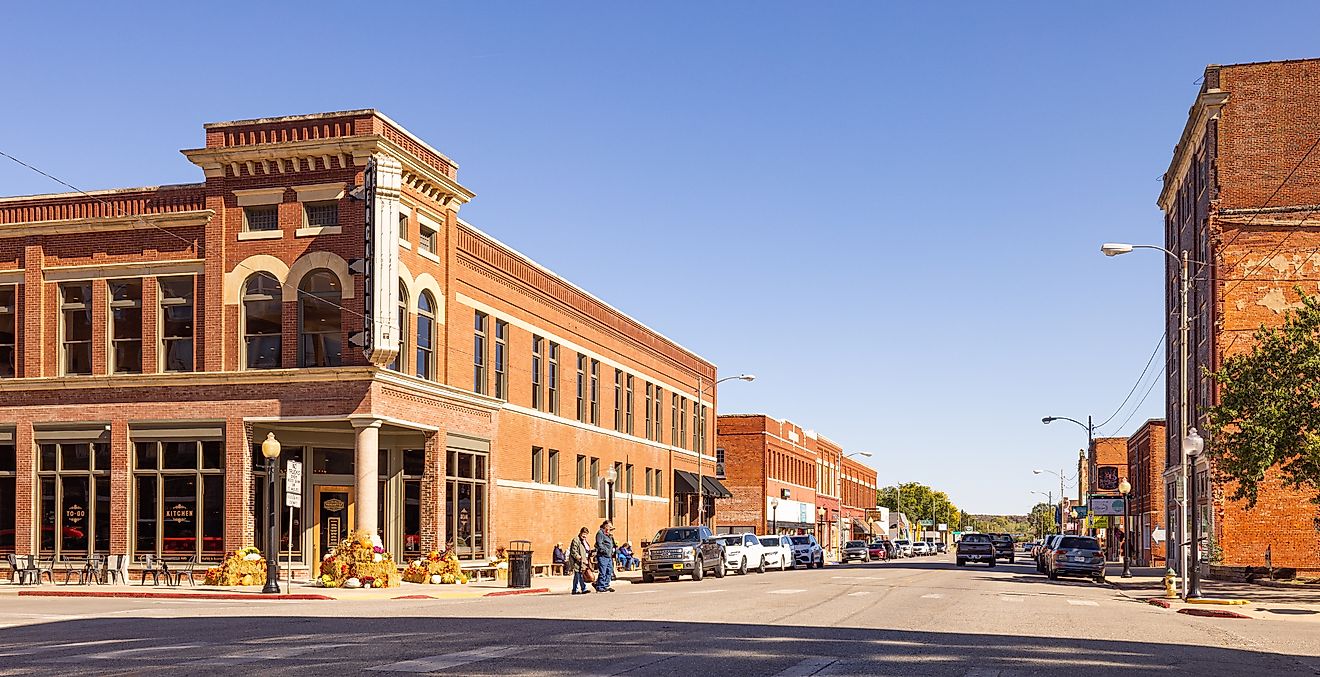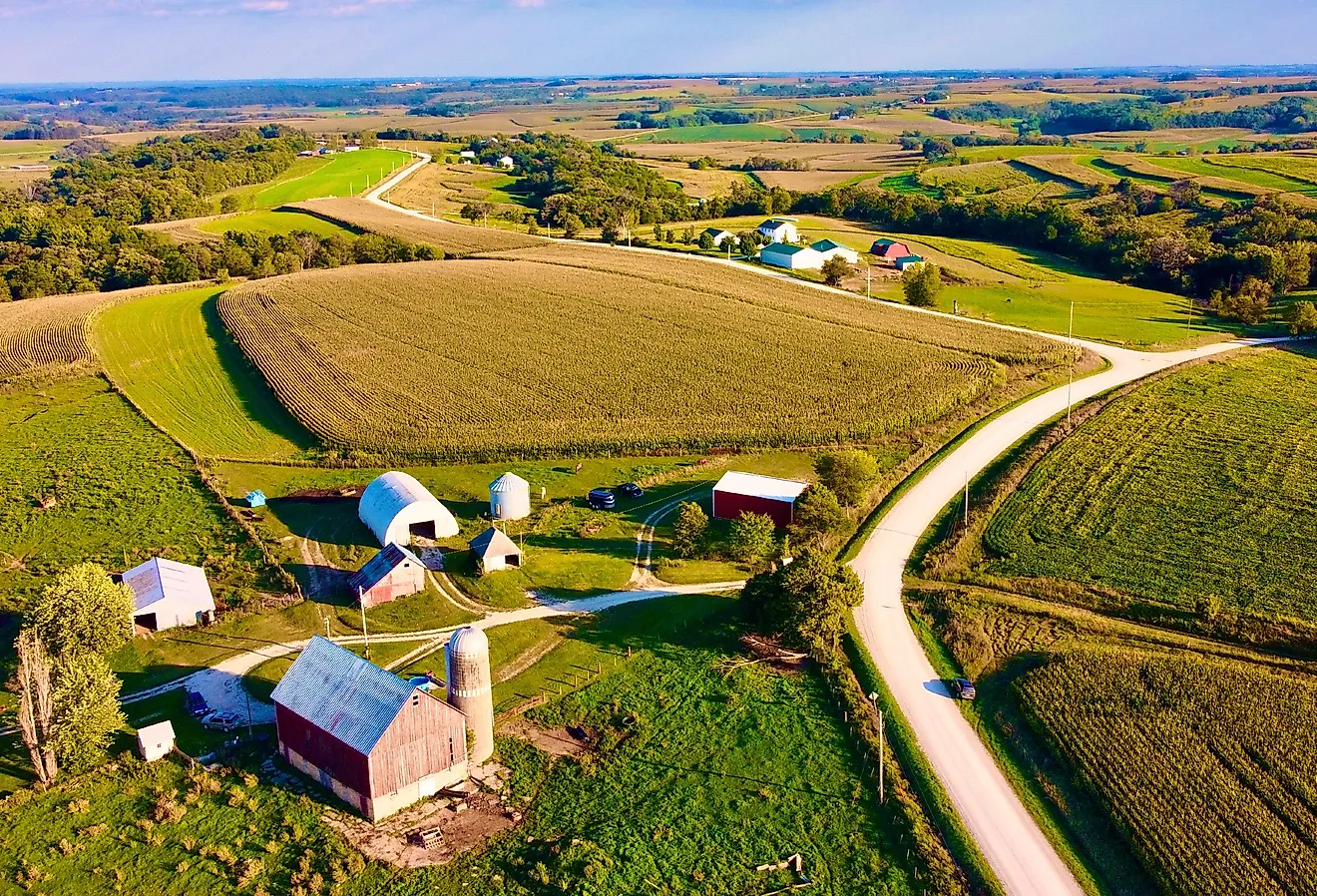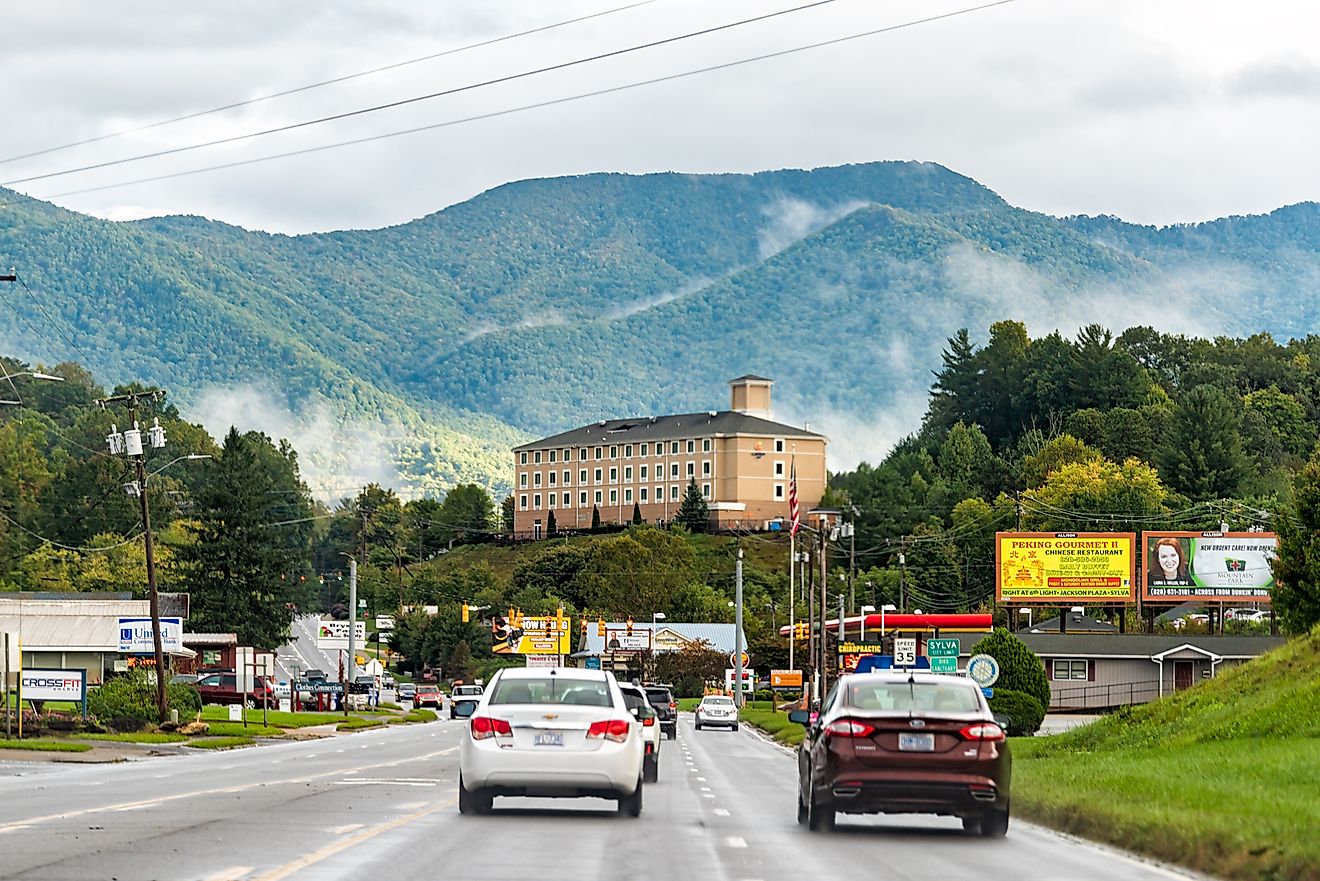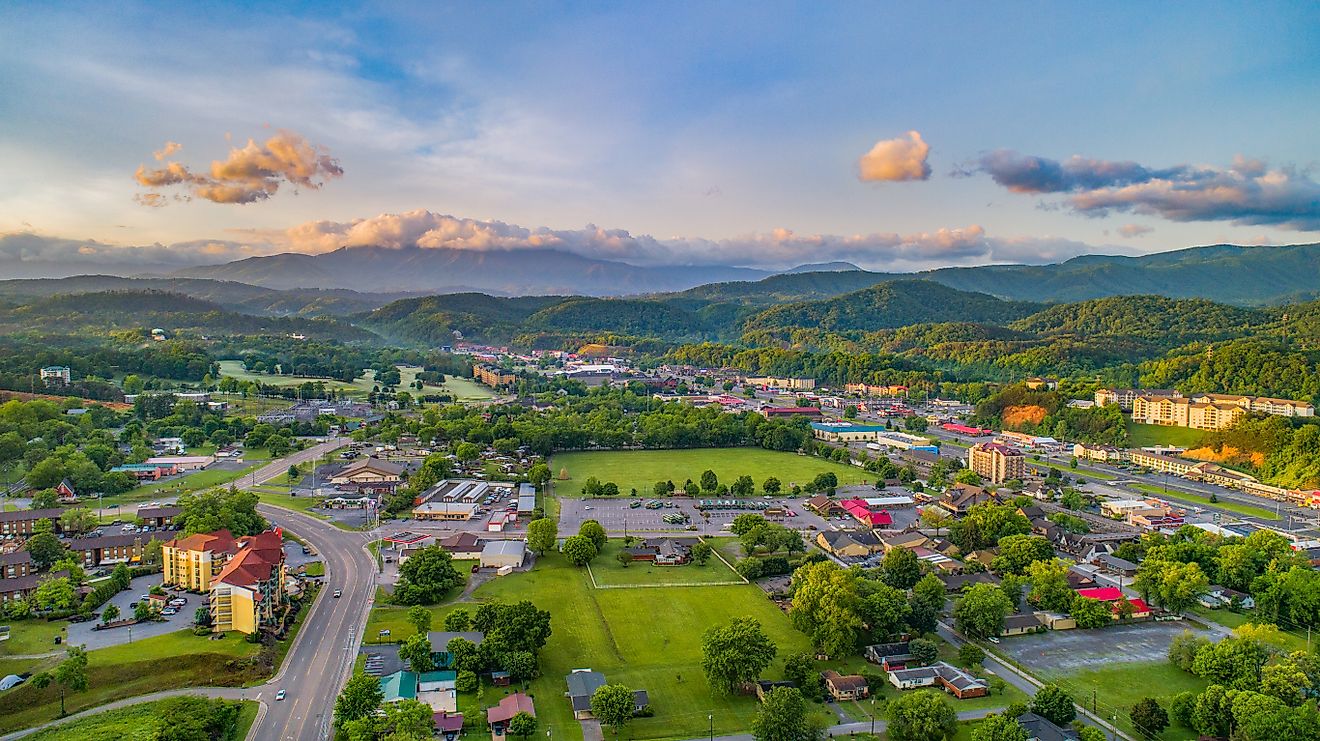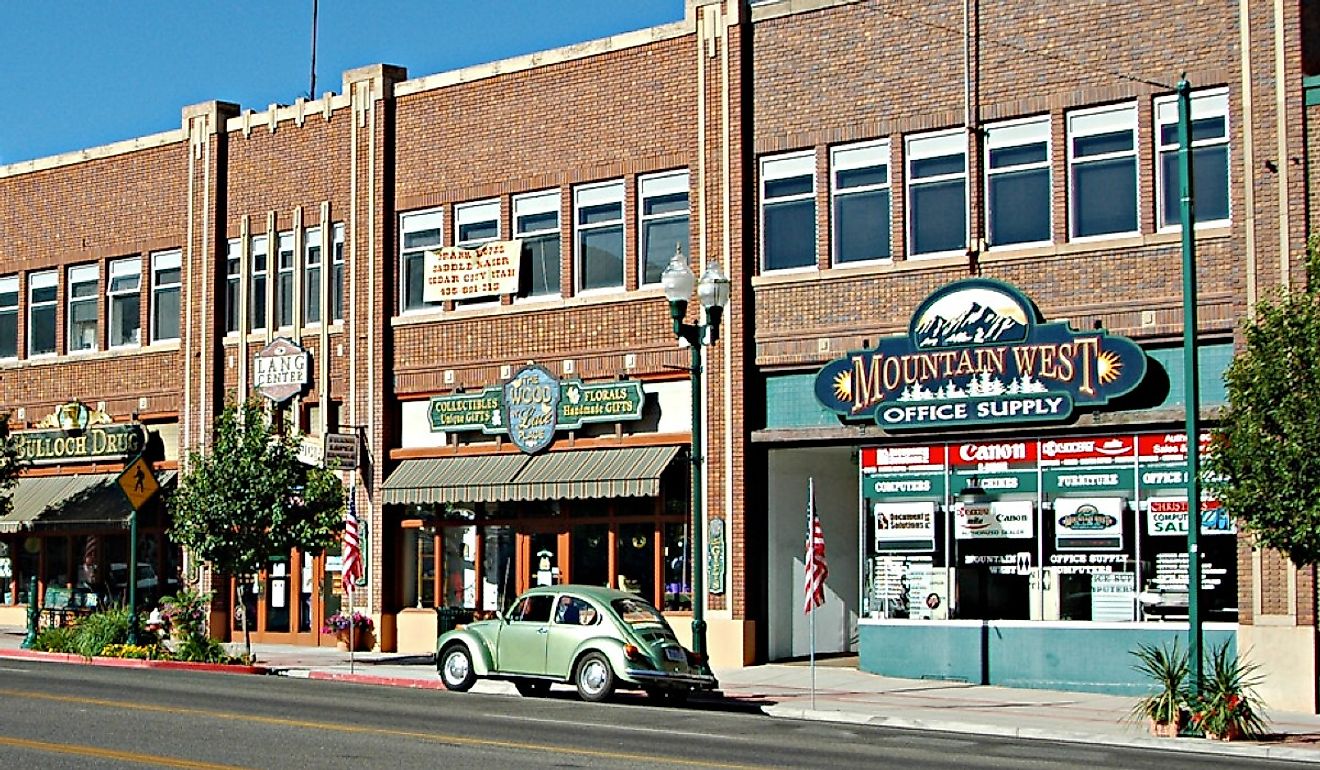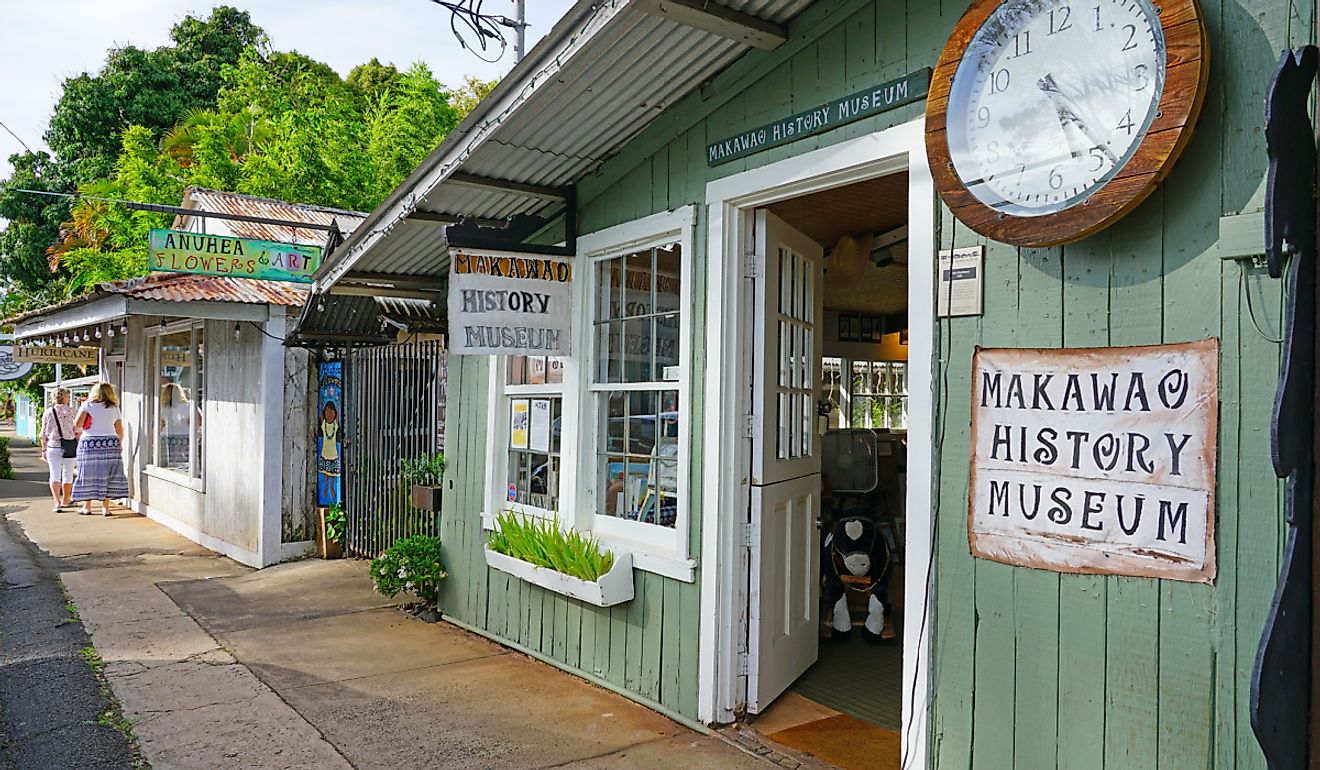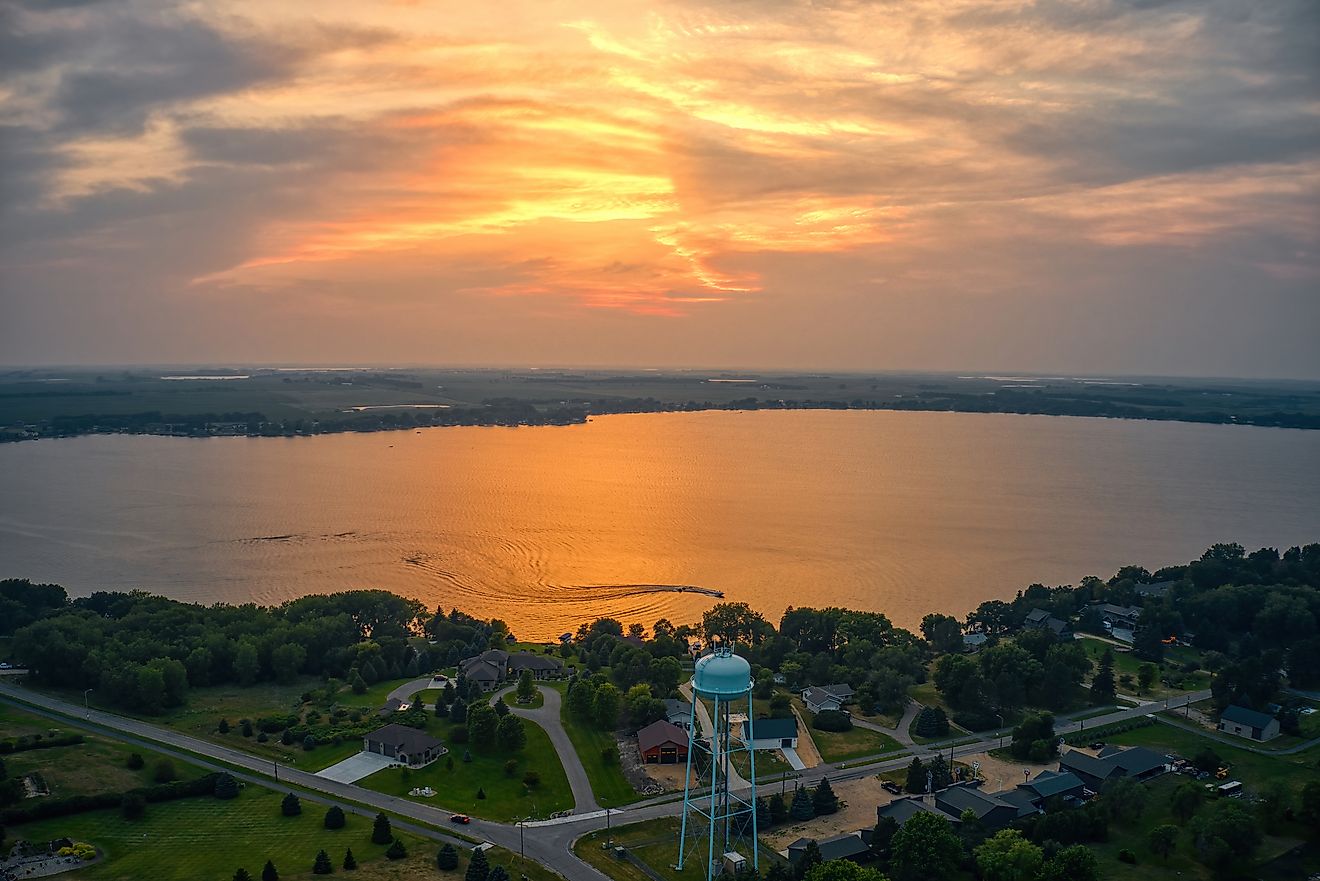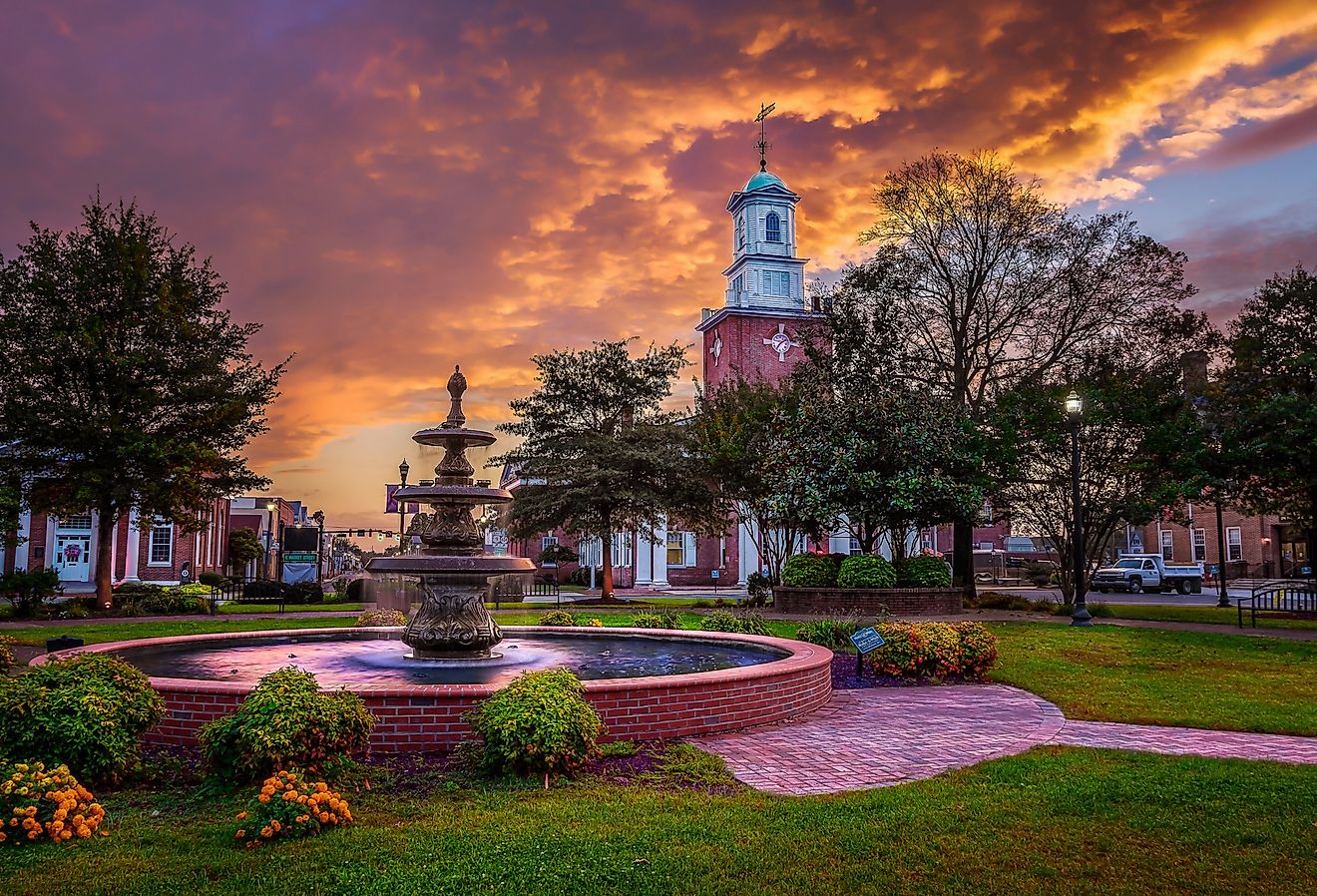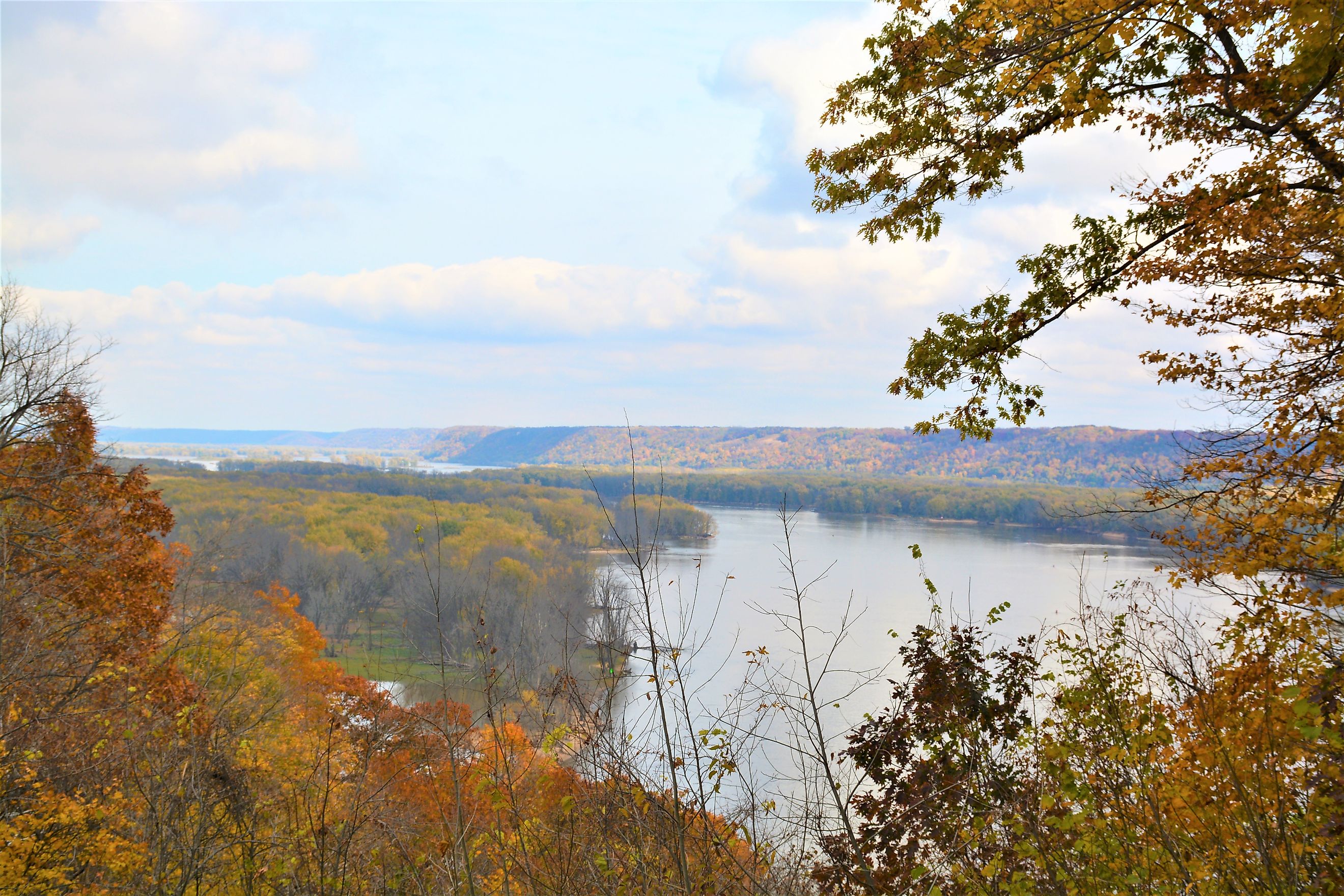
5 Best Natural Wonders To Visit In Iowa This Year
Known for its rolling hills, expansive plains, and fertile soil, Iowa’s terrain makes it one of the most significant agricultural regions in the country. But beyond its farmland and fields, this Midwestern state also has some truly remarkable natural wonders. From rushing waterfalls to valleys carved over millions of years, these landscapes and landmarks showcase a different side of Iowa’s natural beauty. Whether viewing them from your car window on a national scenic byway or hiking to the top of a towering overlook, these wonders will reveal a bewitching world beyond Iowa’s agricultural identity.
Dunning Springs Waterfall

With an impressive 200-foot drop, the Dunning Springs Waterfall earns the title of Iowa's tallest and prettiest cascade. Located in the city of Decorah, nature lovers can find this record-breaking waterfall at Dunnings Spring Park, which once housed the community’s first mill. Its water originates near the Galena Aquifer, whose groundwater flows over an Upper Iowa River Valley wall, resulting in the majestic cascade.

Spring, with its snowmelt and heavier rains, is the best time to visit Dunning Springs Park if you want to see the waterfall at its most powerful. Alternatively, summer offers more pleasant picnic weather while autumn provides cooler temperatures and smaller crowds. But no matter the season, your journey to the falls begins with parking in a gravel lot just south of the entrance, followed by an easygoing 200-yard hike. The hike itself is incredibly serene, guiding adventurers through a well-marked wooded trail before rewarding you with the cascade, which tumbles and flows down a natural limestone staircase. For a different perspective of the falls, a romantic stone bridge will guide you toward an observation deck overlooking the source of its spill.
Sandstone Cliffs At Ledges State Park

Around three hours southwest of Decorah, a sandstone gorge is the prized centerpiece of Ledges State Park, one of the oldest parks in Iowa. Located in the Des Moines Lobe landform region, this natural landmark is one of the state’s most-visited attractions. Carved over time by the Des Moines River, its sandstone canyons tower 100 feet above the racing waterway. The upper portion of the cliffs, containing higher traces of calcium carbonate, has greater resistance to weathering, resulting in the iconic "ledges" we see today.
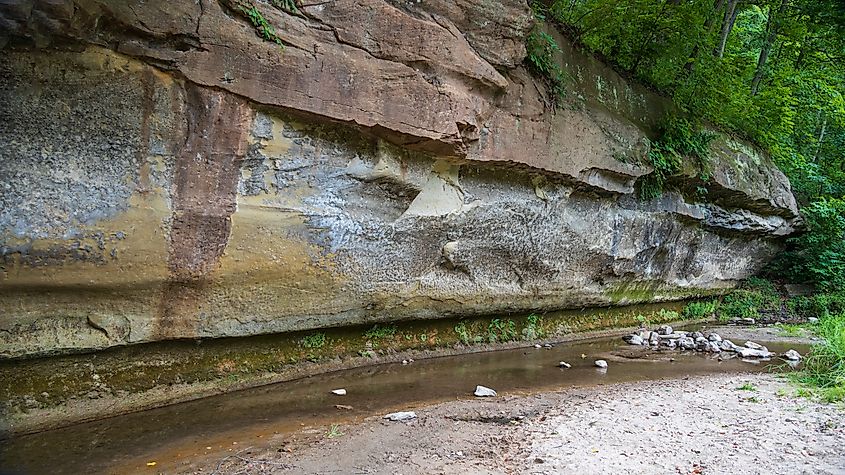
Since its establishment in 1924, the park has captivated nature enthusiasts with its breathtaking vistas. Visitors can explore a four-mile trail system that leads to stunning overlooks and notable landmarks, including a charming stone bridge spanning Peas Creek, a tributary of the Des Moines. Camping is also a favored park activity, with campgrounds reopened for the 2025 season on March 1. Previous visitors recommend visiting or camping during the spring and fall when the weather is milder, particularly in autumn when the landscape is brightened with fall hues.
Caverns at Maquoketa Caves State Park
On April 15th, 2025, the caverns at Maquoketa Caves State Park will reopen for the season, inviting visitors to experience the mysterious and ancient landforms. Located near the picturesque town of Maquoketa, the park boasts a range of incredible natural landmarks, including a 17-ton “Balance Rock” and a natural stone bridge arched over Raccoon Creek. However, most flock to the park for its 13 caves, which can be explored from mid-April to mid-October. Originating over 430 million years ago, these Silurian-age rock formations began as lime sediment deposits at the bottom of a shallow sea until erosion sculpted them into what we see today.
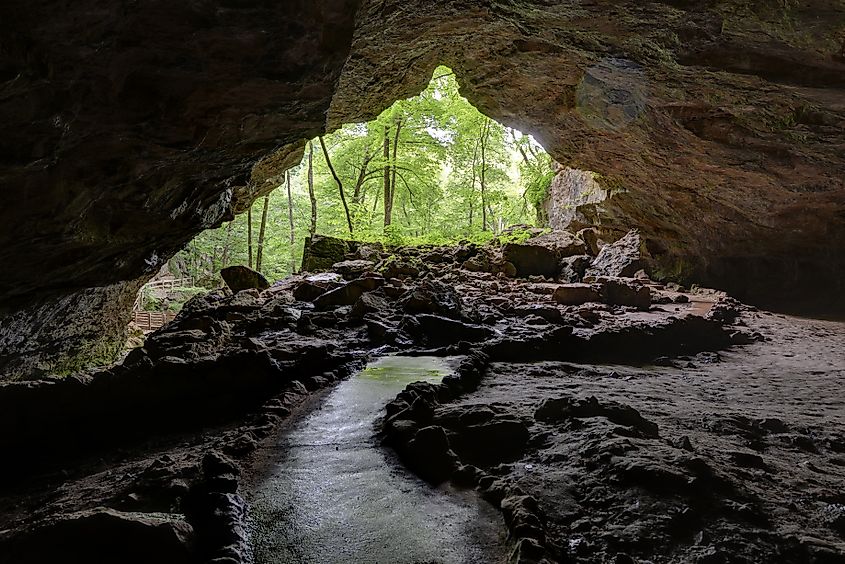
Of the 13 caves, Dancehall Cave is the largest and most popular. Approximately 1,100 feet long, this cavern is the easiest to explore since it can be walked, with a lighted path guiding you through. On the other hand, more experienced spelunkers may prefer smaller caverns like the Shinbone Cave, which requires crawling through tight passages. As for those who favor wide open air, the park’s caves and rock formations can be enjoyed from the 6-mile trail system. Unlike the caves, the trails are open year-round, and while summer is the park’s busiest season, some prefer hiking in spring for the wildflowers and cooler temperatures.
Pikes Peak

Situated along the Great River Road, one of Iowa's renowned national scenic byways, Pikes Peak State Park beckons roadtrippers to pause and take in its breathtaking vistas. Much like the other parks on this list, Pikes Peak is home to a variety of natural wonders, including gems like Bridal Veil Falls. However, its most striking feature is its namesake: Pikes Peak, a 500-foot bluff overlooking the point where the Mississippi and Wisconsin Rivers converge. What began forming over 500 million years ago now offers one of the most beautiful overlooks in the country, gorgeous in all seasons. Although, many recommend hiking the park’s 11 miles of trails in the autumn, since this is when the valleys are colored with a dramatic tapestry of fall colors.
Loess Hills
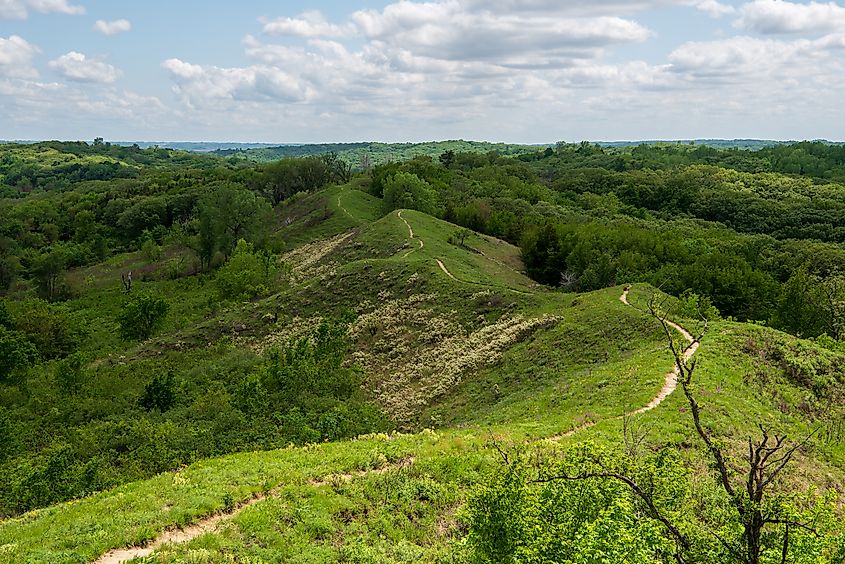
Running along Iowa's western border, the Loess Hills are considered one of the most unique and scenic landscapes in the state. The hilly landscape is the result of wind-deposited loess soil, a lightweight, dust-like dirt that gives the landforms a sweeping, windswept appearance. Second only behind the Loess Plateau of China, Iowa’s Loess Hills are uniquely vast and deep, stretching 650,000 acres and rising as far as 200 feet above the adjacent Missouri River valley.
Similar to Pikes Peak State Park, this miraculous natural wonder can be experienced on a scenic byway. The Loess Hills National Scenic Byway includes a 220-mile paved route plus 185 miles of optional highways and unpaved gravel roads. For a more interactive experience, the 344-acre Preparation Canyon State Park is located in the heart of the Loess Hills, offering picnic areas, scenic trails, and ten hike-in campsites.
Discover Iowa’s Natural Wonders In 2025
Although Iowa’s agricultural roots will always be at the forefront of its identity, this Midwestern state offers so much beyond its rural scenes. While the state’s pastoral beauty is undeniable, these natural wonders showcase Iowa’s geological diversity, unveiling unique landforms and landmarks you might not expect to find here. From the hauntingly beautiful Loess Hills to the stunning force of Dunning Springs Waterfall, these natural wonders invite you to explore and embrace the unexpected in 2025.
